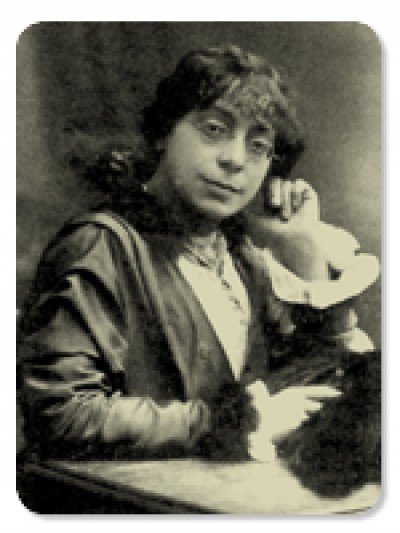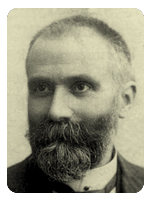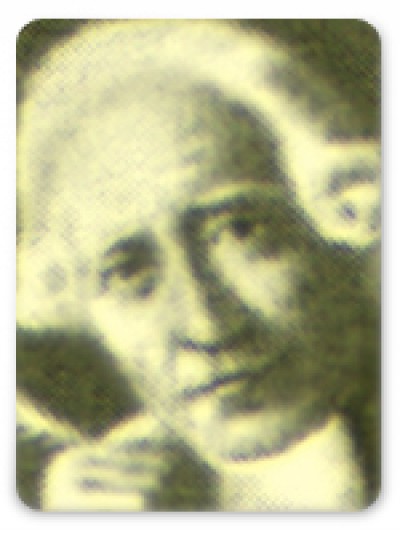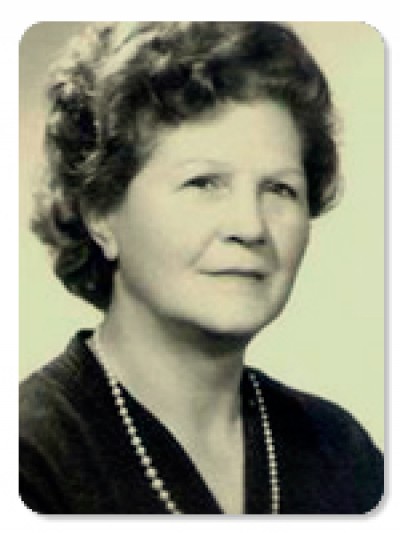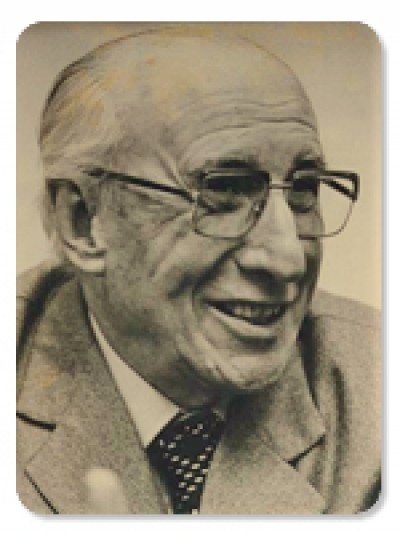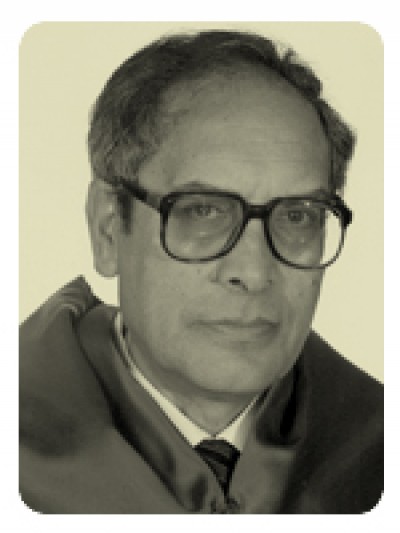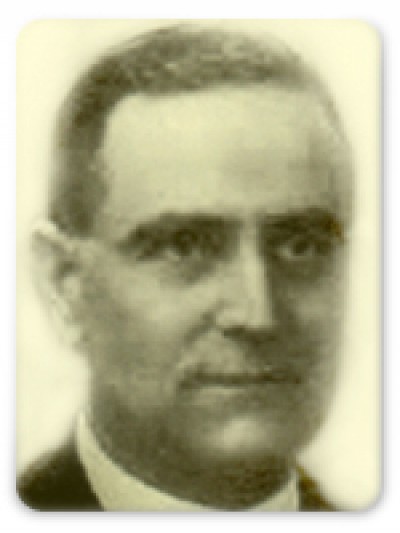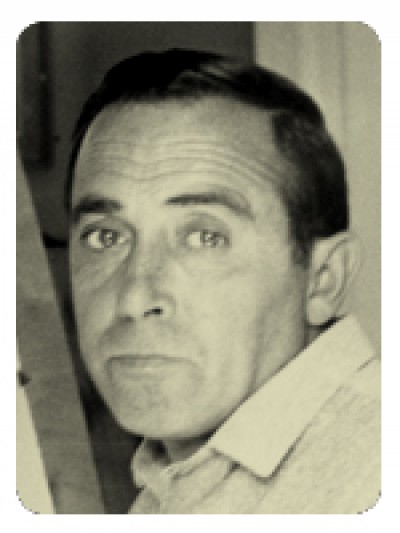Born on 2 August 1922, he was one of the most internationally renowned Catalan scientists for his contributions in the field of ethology. His autodidactic studies of ethology and anthropology began during his stay in Equatorial Guinea between 1940 and 1969, where he carried out the field research that made him one of the most eminent world experts in the study of primates, amphibians and some African birds in their natural habitat.
La Bisbal d’Empordà, 1878 – Barcelona, 1933. Being a doctor in Catalonia, at the beginning of the XX century, was a difficult challenge that few women dared to face. Among these was Trinitat Sais i Plaja, the eighth Catalan woman to graduate in medicine and the first to read the inaugural lecture at the Medical Association of Barcelona.
Doctorate in pharmacy (1882), he practiced in Sallent and Terrassa. He made the Flora of Pla de Bages and collaborated with Joan Cadevall on the Flora of Catalonia. He was also a professor at the Industrial School of Terrassa and a prominent linguist.
He participated in the Catalan Enlightenment movement promoting the progress of the science and society. In the field of medicine he fought against superstition thoughts.
She was one of the forty women who graduated between 1906 and the beginning of the Spanish Civil War at the new Faculty of Medicine on Casanova Street in Barcelona (where the current Faculty of Medicine of the University of Barcelona is found).
Lluís Santaló was born in Girona on 9 October 1911 in the bosom of a family of great pedagogic reputation. At 16 years old, he went to Madrid to study at the Faculty of Mathematics. He obtained his degree in 1934 and, with the help of professor Julio Rey Pastor, traveled to Hamburg to work with W. Blaschke in geometric probabilities, thus initiating himself in what would be known as Integral Geometry. He completed his dissertation in 1936.
In development. Sorry for the disturbances.
Teacher and researcher. He finished his medicine studies at the University of Barcelona in 1908. At first he specialised in ophthalmology, but due to the dead of a member of his family, he quitted his work as a doctor and started his studies of natural sciences at the University of Barcelona.
In 1991 Serratosa i Palet received the Catalan Foundation Prize for Research. In 1992 he was awarded the Narcís Monturiol Medal for scientific merit by the Catalan government for his work in the field of methodology of organic synthesis, and in 1993 he was named a member of the Royal Academy of Sciences and Arts Barcelona.
He began his training as a self-taught illustrator and plant collector under the guidance of Pius Font i Quer in the Department of Botany at the University of Barcelona when he was only fourteen years old. In 1937 he became a plant collector. Before the civil war broke out, he had already published the first illustrations in Flora de Catalunya (Flora of Catalonia, Cadevall i Font i Quer, 1913-1973) and in Iniciació a la Botànica (Introduction to Botany, Font i Quer, 1938).


